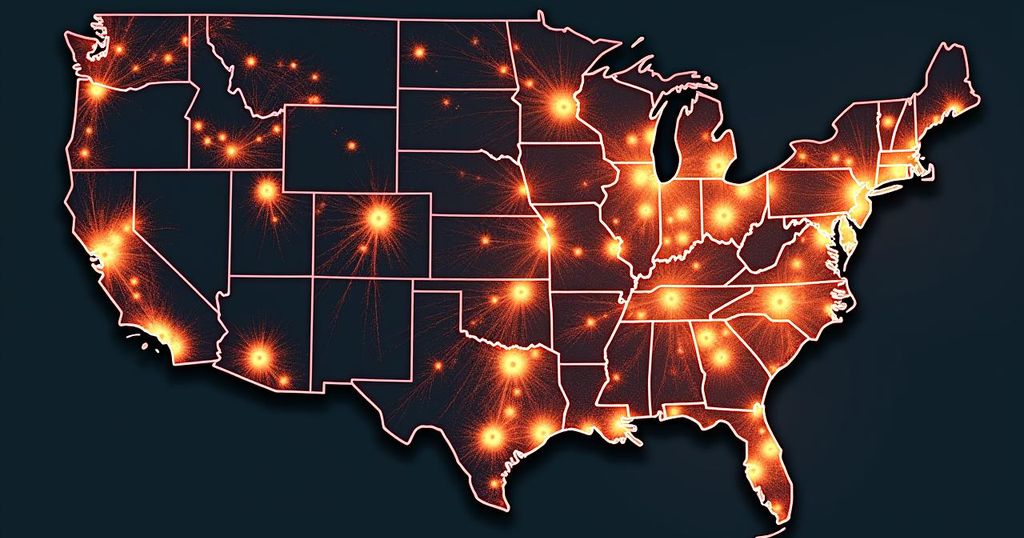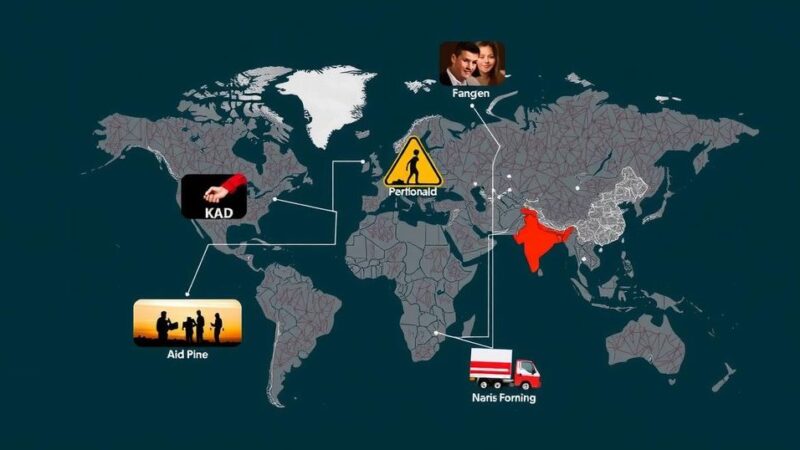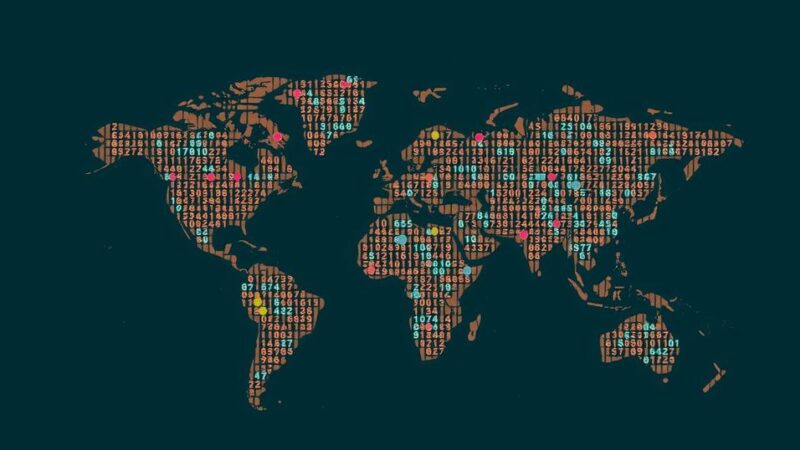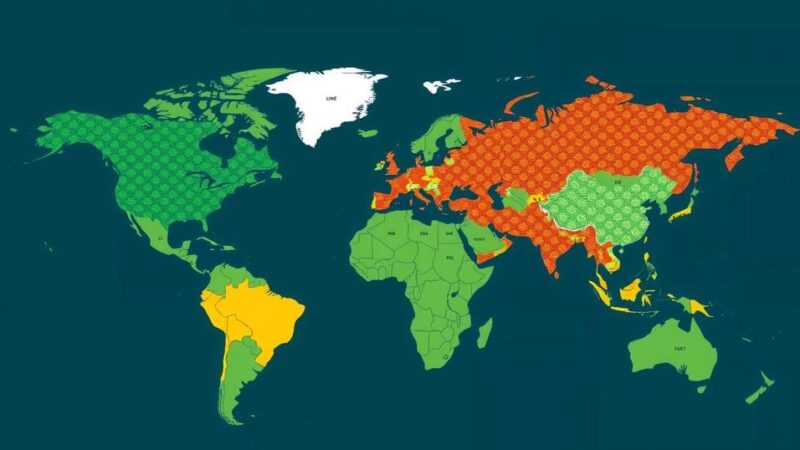The U.S. Geological Survey reported multiple recent earthquakes, including a 3.5-magnitude tremor in Oregon on October 2, following similar earthquakes in California, Idaho, and more globally. The occurrences reflect ongoing seismic activities that are essential to monitor for safety and awareness.
The United States Geological Survey (USGS) reported a 3.5-magnitude earthquake along the coast of Oregon on Wednesday, October 2. The seismic event was estimated to have occurred at a depth of 13.5 kilometers (approximately 8.4 miles). At the time of the report’s release, only one individual had indicated they felt the earthquake. This recent earthquake in Oregon followed closely on the heels of a 3.5-magnitude earthquake that struck Avenal, California on Tuesday, October 1, which occurred at a depth of 11.4 kilometers (about seven miles). In addition to this, another 3.5-magnitude tremor had been recorded in Ontario, California earlier that same day at a shallower depth of 4.1 kilometers (approximately three miles). Before these California incidents, a 2.7-magnitude earthquake shook Bonners Ferry, Idaho on September 30, centered at a depth of 9.1 kilometers (about 5.7 miles). These seismic activities in the United States were preceded by a more significant 6.3-magnitude earthquake that occurred off the coast of Mauritius on September 26, centered near the Réunion region at a depth of 10.0 kilometers (roughly six miles). Moreover, prior to the Mauritius quake, a 4.0-magnitude earthquake was recorded in Saanichton, Canada, on the same day, occurring at a notable depth of 52.0 kilometers (about 32 miles). These occurrences are part of a series of earthquakes that began with a 5.2-magnitude quake in Romania, centered in Cașoca at a depth of 133.5 kilometers (roughly 83 miles) on September 16. On the same day, Texas experienced a 5.1-magnitude earthquake, centered in Ackerly at a depth of 8.2 kilometers (approximately 5.1 miles). This was shortly followed by a 3.4-magnitude earthquake in Danville, Kansas on September 19, which occurred at a depth of 4.9 kilometers (about three miles). Finally, the seismic activity trend continued with a 6.3-magnitude earthquake in the Northern Mariana Islands (Saipan) on September 16, occurring at a depth of 42.9 kilometers (approximately 26.7 miles), which coincided with a 3.4-magnitude earthquake in Malibu, California, reported on September 13.
Seismology, the study of earthquakes and seismic waves, reveals the complex interactions of tectonic plates and their movements, which result in seismic activity across the globe. Earthquakes can vary significantly in magnitude and depth, influencing their impact on surrounding areas and the human population. The United States Geological Survey plays a crucial role in monitoring and reporting such seismic events, offering valuable data that aids in understanding and preparing for future tectonic activity.
In summary, a series of recent earthquakes have been documented across various regions, including a 3.5-magnitude earthquake in Oregon, following notable seismic activity in California, Idaho, and beyond. These events underscore the ongoing tectonic activity experienced internationally and highlight the importance of monitoring seismic trends for public awareness and safety.
Original Source: www.iheart.com






